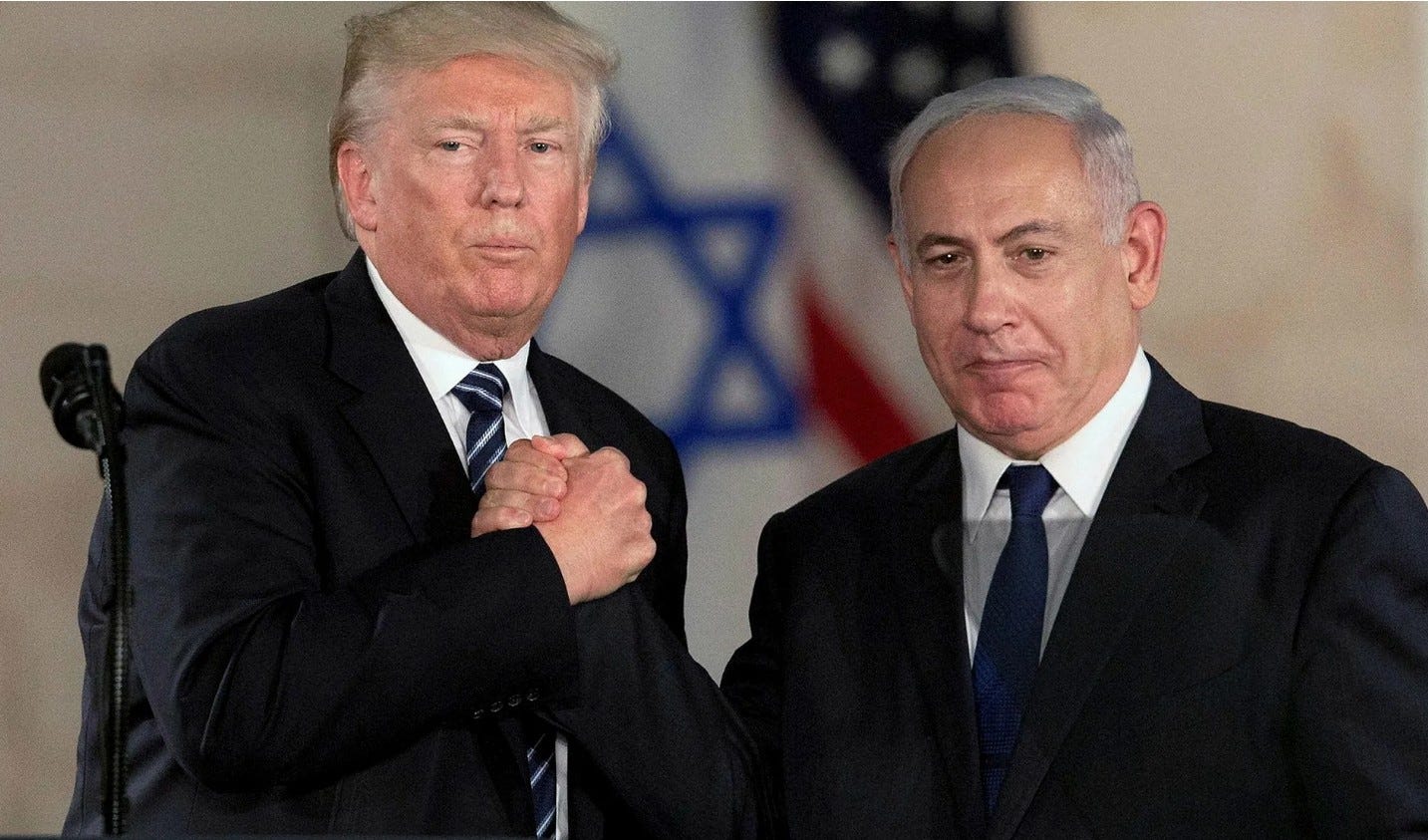
by James M Dorsey
In February, Mr. Netanyahu became the first foreign leader to visit Mr. Trump since the president began his second term.
This week, Mr. Netanyahu will be the first foreign leader to discuss with Mr. Trump face-to-face the president’s recently announced sweeping tariffs, including a 17 per cent tariff on Israeli imports.
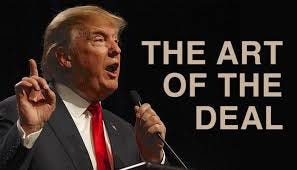
Mr. Trump imposed the charge despite Israel’s scrapping of all tariffs on US imports on the eve of his announcement.
Mr. Netanyahu will also be the first foreign leader to have met twice with Mr. Trump since the president’s inauguration.
Mr. Trump is not known for handing out goodies without extracting a price. The question is whether that is what Mr. Trump’s last-minute surprise invitation to the White House is about, and if so, what the cost will be.
There is no hint of a significant divergence of opinion on multiple issues Messrs. Trump and Netanyahu were expected to discuss in their forthcoming meeting.
In a statement, Mr. Netanyahu’s office said the two leaders would, aside from tariffs, “discuss… the efforts to return our hostages, Israel-Turkey relations, (and) the Iranian threat.”

So far, Mr. Trump has greenlighted Mr. Netanyahu’s renewed assault on Gaza and more than a month-old refusal to allow humanitarian aid into the war-ravaged Strip in violation of international law and a ceasefire the president imposed in January.
Mr Netanyahu is unlikely to make tactical differences with Mr. Trump regarding Iran a major problem in their discussions, even though the Israeli leader puts little store in the president’s preference for a negotiated resolution of the Iranian nuclear issue.
Mr. Netanyahu would prefer to see military action to take out Iranian nuclear facilities sooner rather than later.
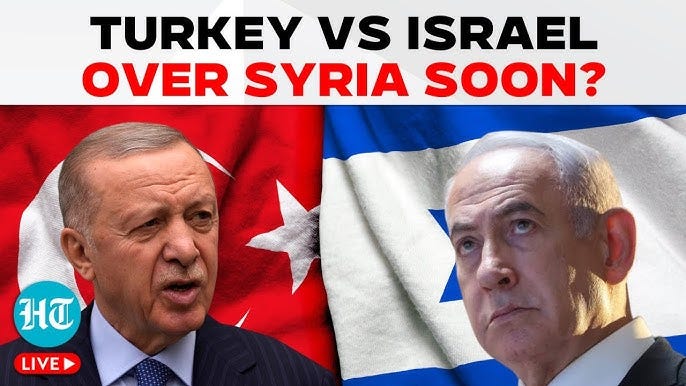
At the same time, Mr. Trump will likely share Mr. Netanyahu’s concern about Turkish plans to expand the country’s military presence in Syria.
Israel recently bombed Syrian sites Turkey was considering as bases.
Saudi Arabia and the United Arab Emirates are the jokers in the pack when Messrs. Trump and Netanyahu meet.
The Gulf states want to see an end to the Gaza war and are wary of military action against Turkey or Iran that could make them retaliatory targets and spark an all-out regional war.
The Gulf states are sure to make their views clear when Mr. Trump visits them on his first overseas trip as a second-term president. Officials suggested Mr. Trump could travel to the Middle East in May.
With US economic benefit at the core of his foreign policy, Mr. Trump decided to honour Saudi Arabia and the UAE after they put a whopping $2 trillion in investments in the United States on the table.
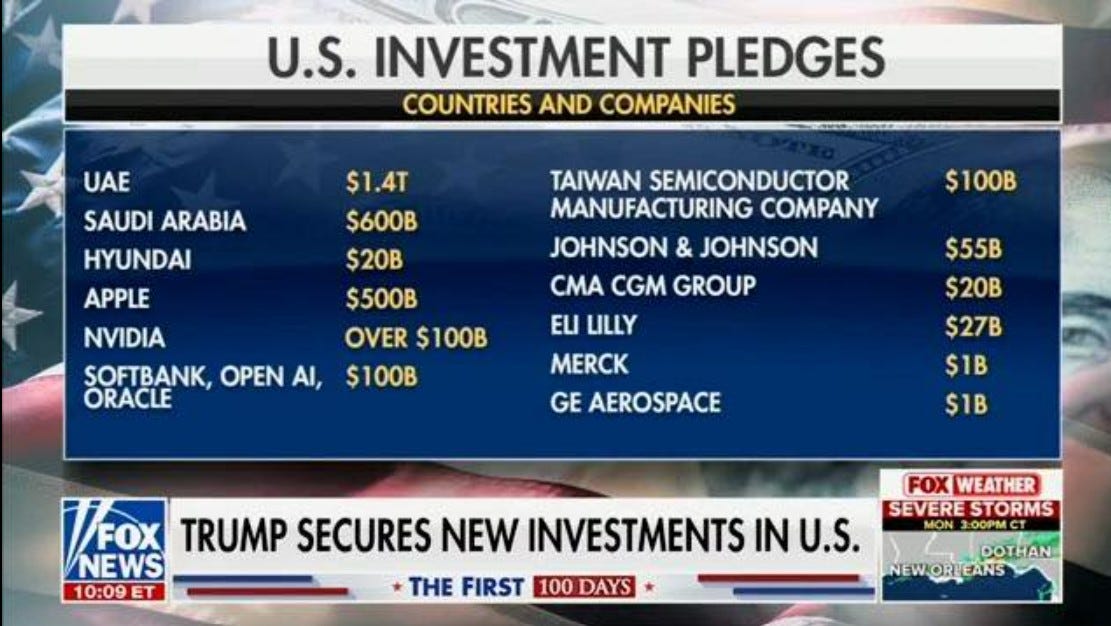
The investments, coupled with Saudi Arabia’s facilitation of US-Russian talks over Ukraine, the UAE’s willingness to mediate with Iran, and Mr. Trump’s eagerness to engineer Saudi recognition of Israel, should make the president more sensitive to the Gulf states’ concerns, potentially at Mr. Netanyahu’s expense.
When he travels to the region, Mr. Trump will have to make clear whether he will take Gulf state fears into account. He may use his meeting with Mr. Netanyahu to advise the prime minister that the clock is ticking.
Attending to Gulf concerns would likely mean Israel agreeing to second-phase ceasefire negotiations that would see the exchange of the remaining Hamas-held 59 hostages, less than half of whom are believed to be alive, for an unspecified number of Palestinians incarcerated in Israel, an end to the war, and a complete Israeli withdrawal from Gaza.
Hamas this week reiterated its offer to release the remaining hostages in one go in exchange for a permanent ceasefire.
Alternatively, the group said it was willing to release some hostages as part of a renewed temporary ceasefire, provided the mediators – the United States, Qatar, and Egypt backed by the United Nations Security Council – guarantee that Israel will negotiate an end to the war.
Israel has rejected negotiations to end the war unless it involved Hamas’ laying down of arms and surrender.
To drive the point home, Israel is forcing Gaza’s 2.3 million inhabitants into ever smaller spaces.
Mr. Netanyahu hopes the move will allow the Israeli armed forces to free hostages through military action rather than negotiations.
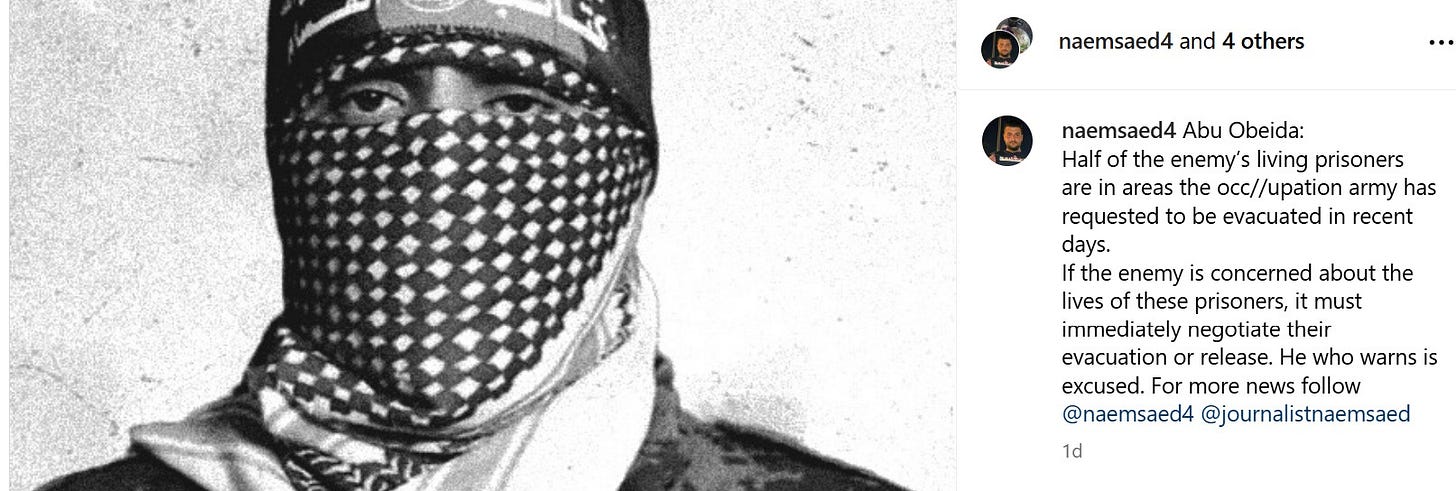
In response, Hamas warned that it would not move hostages still believed to be alive out of areas Israel ordered to be evacuated.
“Half of the living Israeli prisoners are located in areas the Israeli occupation army in recent days requested to be evacuated,” said Hudhaifa Kahlout, a.k.a Abu Obeida, the spokesman for Hamas’ military wing, the Izz al-Din al-Qassam Brigades.
Israel further expects that making Gaza ever more uninhabitable will persuade at least half of Gaza’s 2.3 million Palestinians to “voluntarily” leave the Strip if other countries were willing to accept them.
Israel has publicly embraced forcing Palestinians to leave Gaza after Mr. Trump legitimised the notion by proposing to turn the Strip into a high-end beachfront real estate development.
The United Nations Humanitarian Agency (OCHA) said in recent days that Israel had declared 65 per cent of Gaza to be ‘no-go’ areas or areas under active displacement orders since it restarted the war on March 18.
Against that backdrop, the Gulf states are likely to advise Mr. Trump that Mr. Netanyahu’s plan to hand the administration of a depopulated Strip to Arab states with Israel retaining security control is a non-starter.
Dr. James M. Dorsey is an Adjunct Senior Fellow at Nanyang Technological University’s S. Rajaratnam School of International Studies, and the author of the syndicated column and podcast, The Turbulent World with James M. Dorsey.
